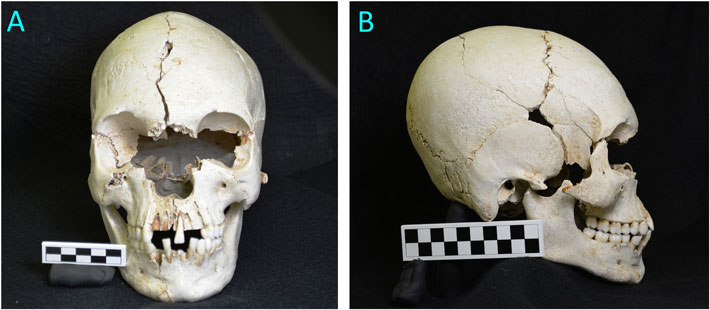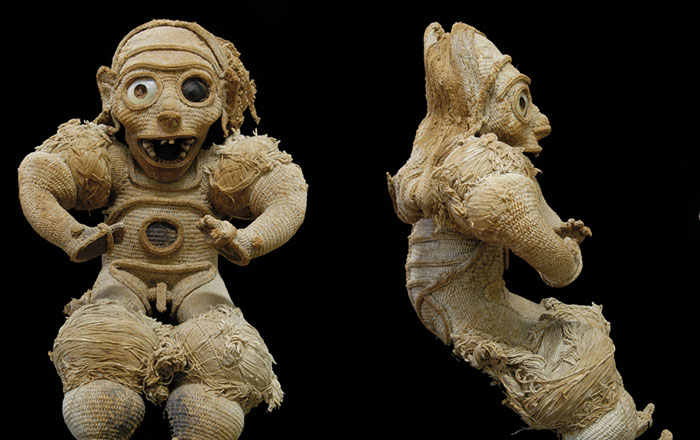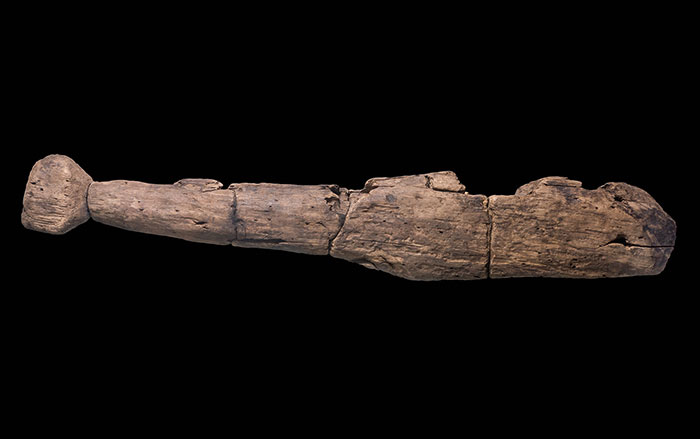
EUGENE, OREGON—According to a statement released by the University of Oregon, a skull bearing deformations of the nose and upper jaw, which are characteristic of leprosy, has been unearthed on the uninhabited Caribbean Island of Petite Mustique. The bone has been radiocarbon dated to the late eighteenth or early nineteenth century. Historic records show that a leprosarium operated on the island in the early 1800s to help contain the disease, which spreads through prolonged contact with an infected person. Leprosy is known to have arrived in the region in the mid-seventeenth century, although little physical evidence of the spread of the disease has been found. The newly discovered skull could help researchers track its path, explained archaeologist Scott Fitzpatrick. Read the original scholarly article about this research in the International Jounral of Paleopathology. To read about other historical cases of leprosy, go to "World Roundup: England."










